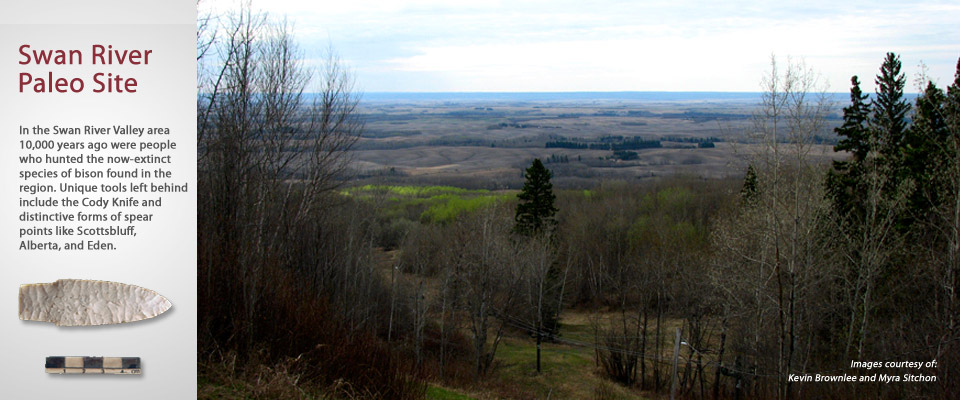Lower Fort Garry Doctor's Office
The doctor’s office at Lower Fort Garry is an original still standing structure within the walls of the Fort. The Doctor’s office was built in 1885, over 50 years after the establishment of Lower Fort Garry. The doctor’s office is located in the north-east corner of the Fort. The first and only doctor to work at in the office was Dr. David Young, who was the superintendent of the Manitoba Asylum from 1885 to 1912. Dr. Young migrated to Manitoba in 1871 after receiving his medical degree from Queen’s University and provided services to the North-West Mounted Police Force and the Manitoba Penitentiary before taking his role at the Fort. It has been confirmed by Dr. Young’s son, Colonel Hunter Young, that the doctor never lived in the building, but rather used it as a dispensary and work space only. The building may also have been used for administrative purposes at the Fort as well as patients were removed from the grounds in May 1886 and a doctor’s office was no longer necessary on the site.
The doctor’s office was most likely constructed to serve the inmates at the penitentiary at Lower Fort Garry, which was used to hold those who were considered insane from 1884 to 1886. The doctor’s office was no longer needed when the inmates and patients of the penitentiary at Lower Fort Garry were moved to a new facility in Selkirk, Manitoba.
In 1906, the doctor’s office was converted into a laundry facility by the Hudson’s Bay Company. The office was used for laundry purposes until 1956, when the building was refurbished to its original purpose as an office. The location of the building functioned well as an office as it allowed a view of all three entrances to the Fort.
The building itself is a simple frame structure and has not been linked to any familiar structure styles of the Red River Settlement. The structure is 18 feet, 4 inches by 14 feet, 4 inches or 252 square feet. The building consists of brick chimney that is 14 feet high, one door on the south side of the building, and three windows with four panes. Little is known is about the inner workings of the building as no evidence of the furnishing by Dr. Young is available. It is assumed that while Dr. Young used the building as his office, it held his medical instruments, medicines, patient records, and journals. However, it is known that the building was heated by a wood stove and lit by coal-oil lamps.




